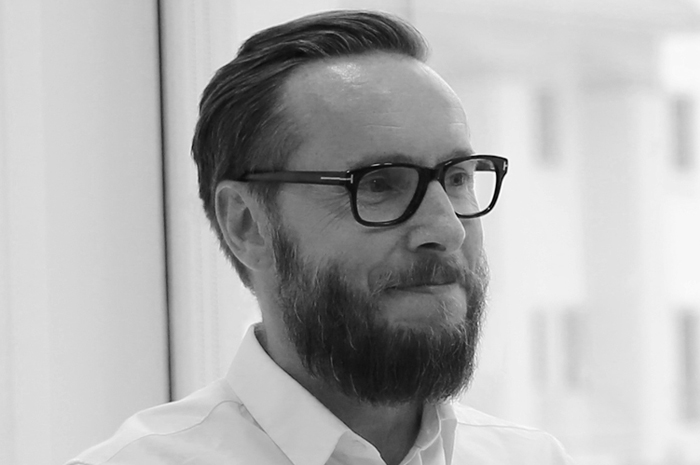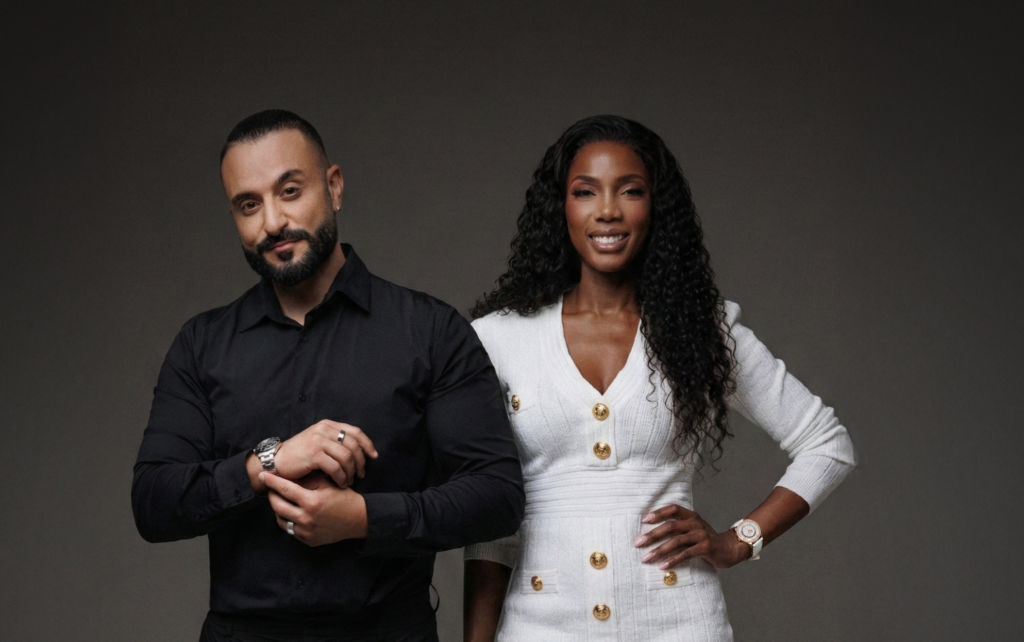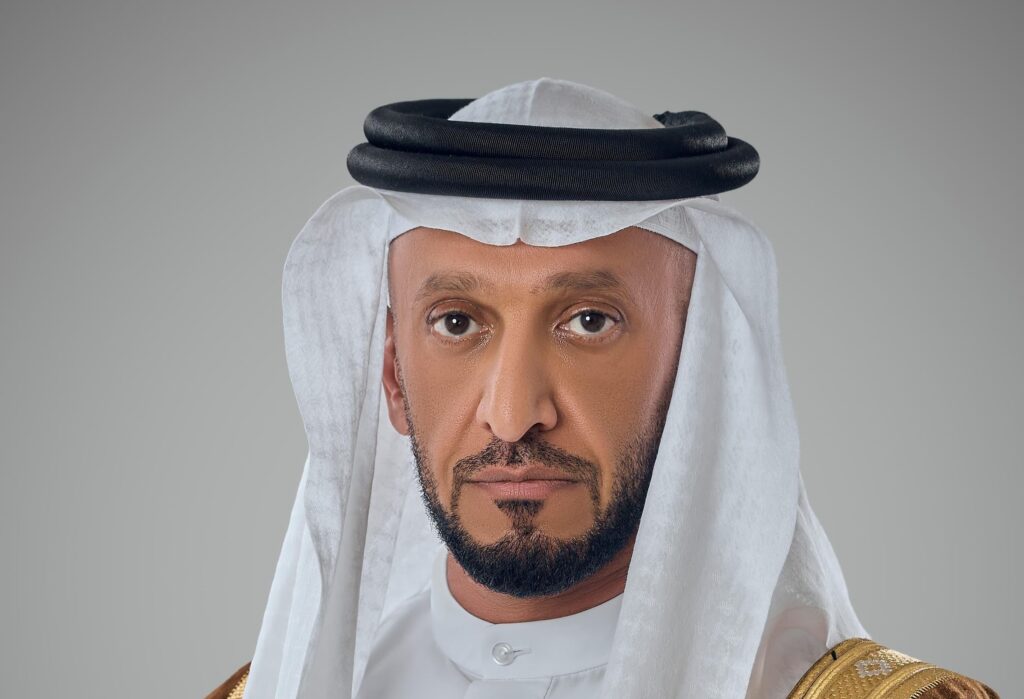Ciaran Bonass started his career as an animator in 1996, after which he moved on to DoubleClick in 2001 – even before Google acquired it – and then to TBWA, where he was instrumental in setting up the digital arm. In 2014, Bonass joined Havas Digital Middle East as creative director and, as the agency was disbanded and integrated within Havas Worldwide, he grew to become group creative director. As of 2016, he oversees all of Havas’ digital, media and creative clients as the executive creative director.
He has gone through the divergence phase, when every group wanted to set up specialist agencies, as well as the later convergence phase, especially now at Havas Worldwide – which, he says, is the first time he has worked in a place that has got the balance between creative, digital and media “absolutely right”.
Convergence
In the network’s revamped office space, different teams sit closer together, in hopes of a certain osmosis. The space also has a production studio and editing suite to create content – especially digital – quickly. In doing this, Havas Worldwide’s goal was to merge digital and traditional to create a full-service agency.
“I have worked in a lot of places where you have digital departments and that’s fine, but where we have to – and need to – be as an agency, from a consumer and client point of view, is [a place where we] work with no boundaries,” says Bonass.
Throughout 2015, the objective was integration, but 2016 is about growth and elevating the thought process to reflect the new, integrated structure. Bonass doesn’t refer to these as different eras, but he does say, “We were focused on the visual communication and the language of what something looks like, but now it’s about thinking why it looks that way.”
New world, new model
Although it is necessary to make the move from a siloed approach to an integrated one, the process can also be challenging, admits Bonass. In this new set-up, there is one planning brief and one client servicing director, and even a hashtag for a social media activity is developed on the basis of the main campaign. Having said that, “There can be complications in having those moving parts and it is something we’re working on, but it’s trial and error,” Bonass adds.
Commenting on the divergence and, now, the convergence of agencies, he says, “No matter what era, it always makes sense at that time. Maybe our model will change next year.” Ultimately, for Bonass, it’s about the content – even though he says, “We’re all trying to make content that matters – that’s not a USP for any agency.”
However, creating good content is very important today, because it is more of a challenge now than it ever was. “It’s scary how people go through content these days,” Bonass says. “It’s hard to have the stop moment – where people stop scrolling and look at your content.” It’s probably also why he’s trying to cultivate a “maker’s mentality” at the agency. “That’s where [the idea of] ‘make it matter’ comes from: make it matter to you, the consumer, and the client,” he says.
Hidden talent
Before moving to Dubai, Bonass had heard a lot about the city and the region. One of the things that truly surprised him was the incredible talent in the region – something other agencies seem to struggle with. “[It’s] not a lack of talent, but a different way of working,” he says. “Sometimes, you have to find and nurture that talent.” He mentions the Cannes Lions winners from the Middle East: “Offset them [against] the European winners [and the regional ones] are really good and strong. My vision is to tap into that,” he adds.
It’s not just about finding the right talent for the right role, but also redefining what that talent looks like. Bonass isn’t looking to hire social media experts for the social team. Instead, he is looking for film editors and craft people to come into the core team.
While new talent is always welcome, integrating them can be hard on existing talent. Someone who is used to blue lines and crop marks isn’t suddenly going to start understanding the nuances of digital design – and vice versa. “We would never ask a guy who is on the traditional side to suddenly design a Facebook app, never mind a 50-page website,” clarifies Bonass.
That being said, “there is an osmosis that can happen with peer-to-peer mentoring,” which contributes to a level of thinking that goes beyond a certain platform or medium. “There’s no way we’re investing time in training people to understand mapping, Ux/Ui, etc. It’s about educating [them] holistically on thinking across platforms,” he says.






